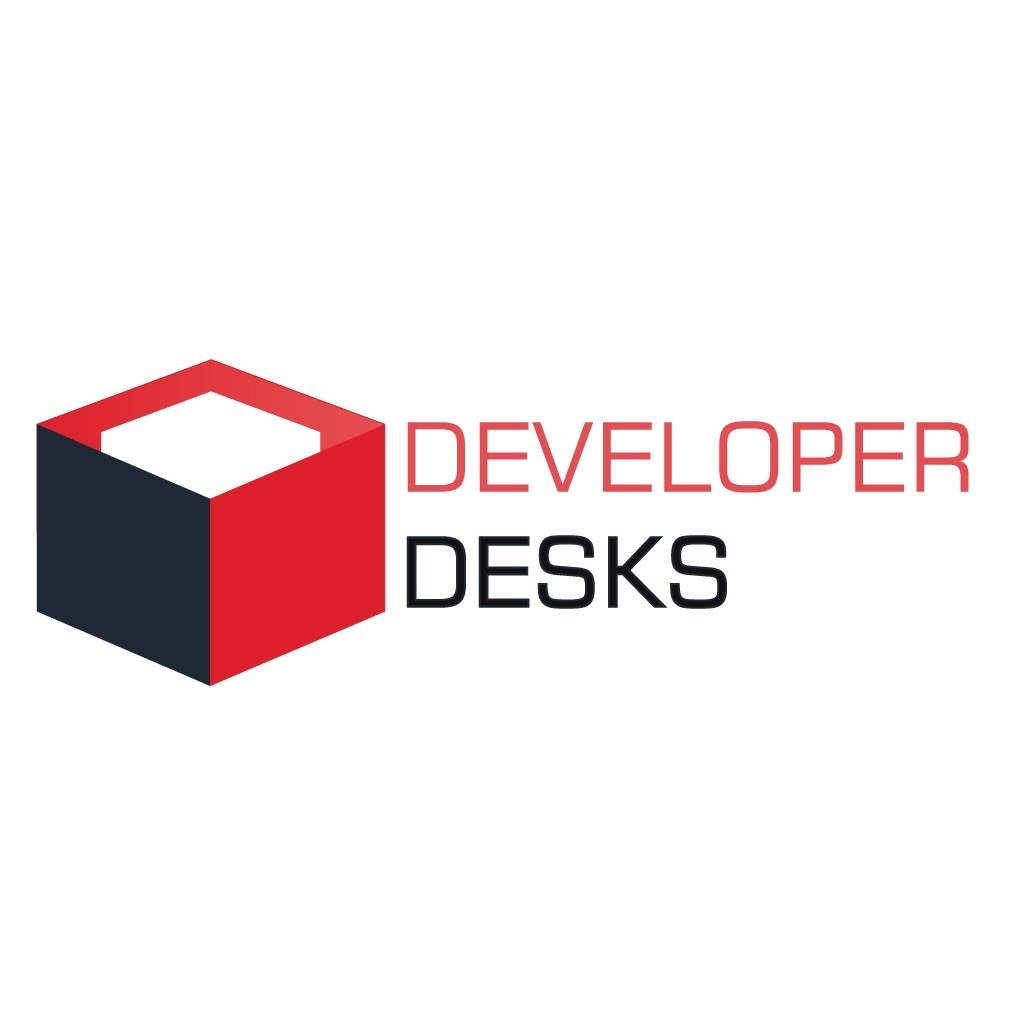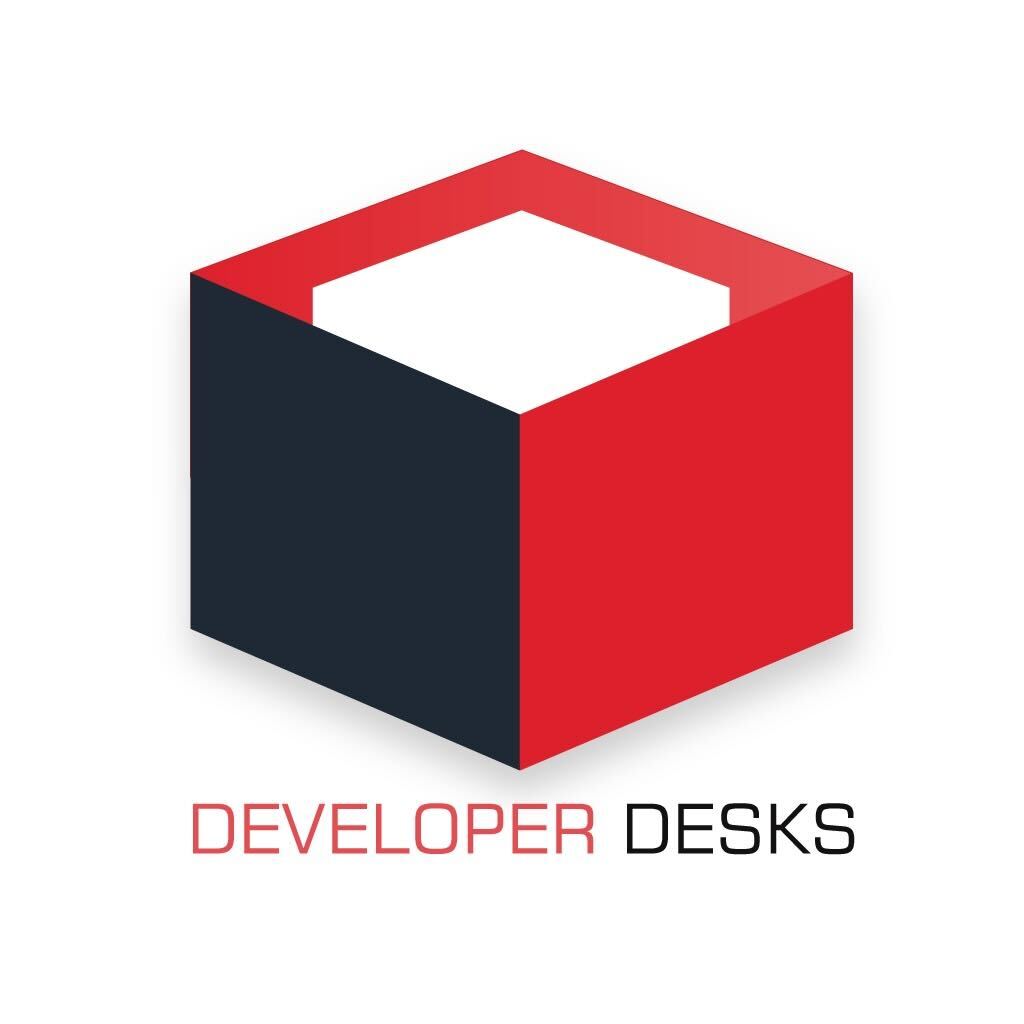Most Popular Coding Language In 2018
Most Popular Coding Language 2018 Below we listed the most popular coding language of 2018 Python Angular js Java C++ C# Ruby JavaScript PHP Perl Here We go The most popular coding language of 2017 according to my analysis result. The above list is not a rank order just a List. As we know 2017 year will…



